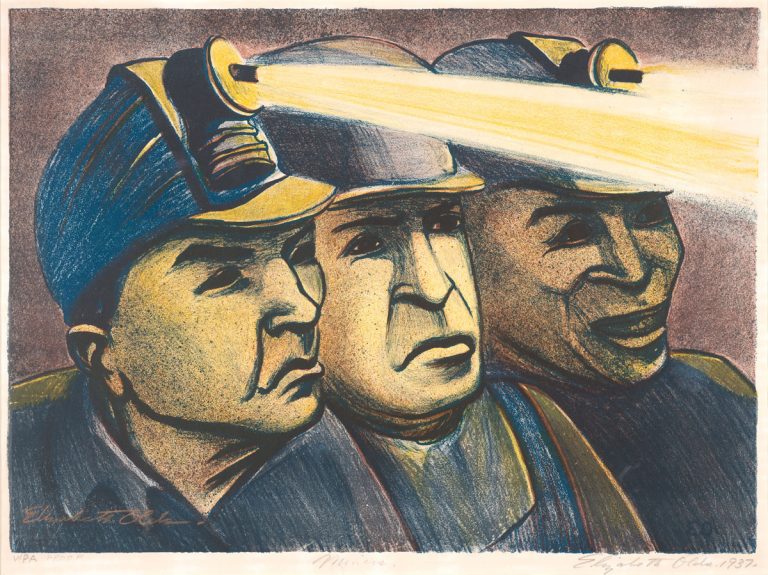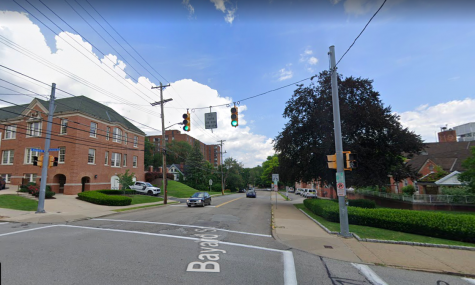Behind the Art of the Great Depression
Perhaps you’ve seen a poster like this: a drastic natural landscape framed by wide writing, often the name of the national park and associated federal agencies. These posters are a testament to the stunning geography of our country and the very democratic ideal of open, public access to these parks.
But they are also a testament to the success of President Franklin Roosevelt’s Federal Art Project, which was organized under the Works Progress Administration. The Federal Art Project was revolutionary in that the government subsidized thousands of struggling artists across the country to paint, sculpt, weld, print, and draw. One purpose of this program was to promote the arts and introduce culture to underserved communities. Other purposes included the promotion of social justice and solidification of national unity. It’s safe to say that the art produced by the WPA inspired countless movements and scores of artists.
The Project also supported the nation’s artists, who suffered greatly in the throes of the Great Depression. With such a paucity of disposable income and bigger problems to worry about, commissioning art was the last thought on anyone’s mind. Roosevelt realized that subsidizing artist pumped money ($35 million in 1936 dollars) into the struggling economy while also creating a beneficent side effect: progressive, popular art that reminded the country of the American spirit. Some of the art also promoted the Democratic Party’s theme of social justice by portraying uncomfortable scenes of racial, gender, and class discrimination. These pushed the idea that new social views could accompany a new post-depression era.
Many notable artists got their start through the various programs of the WPA, including Jackson Pollock and Dorothea Lange. Minority artists were not excluded; Augusta Savage, an African-American sculptor, worked with local citizens to better Harlem, and the murals of Calvin Larvie, a member of the Sioux tribe, were displayed in San Francisco. The signature Art Deco designs of all these artists are some of the most recognizable pieces from the 1930’s and 1940’s.
The WPA, and the Federal Art Project specifically, were stories of successful government subsidization that benefited America overall. The art serves as a reminder of the struggles and untapped potential of the Depression Era, and continues to educate Americans about their compatriots and country, just as it did some 90 years ago.








